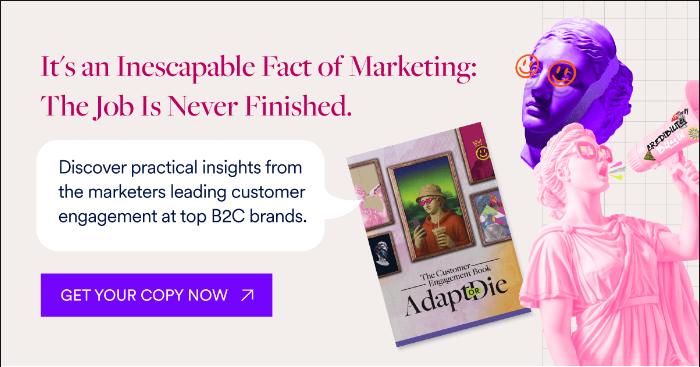Customer Journey to Nowhere: The Funny Side of Customer Engagement With Marketoonist
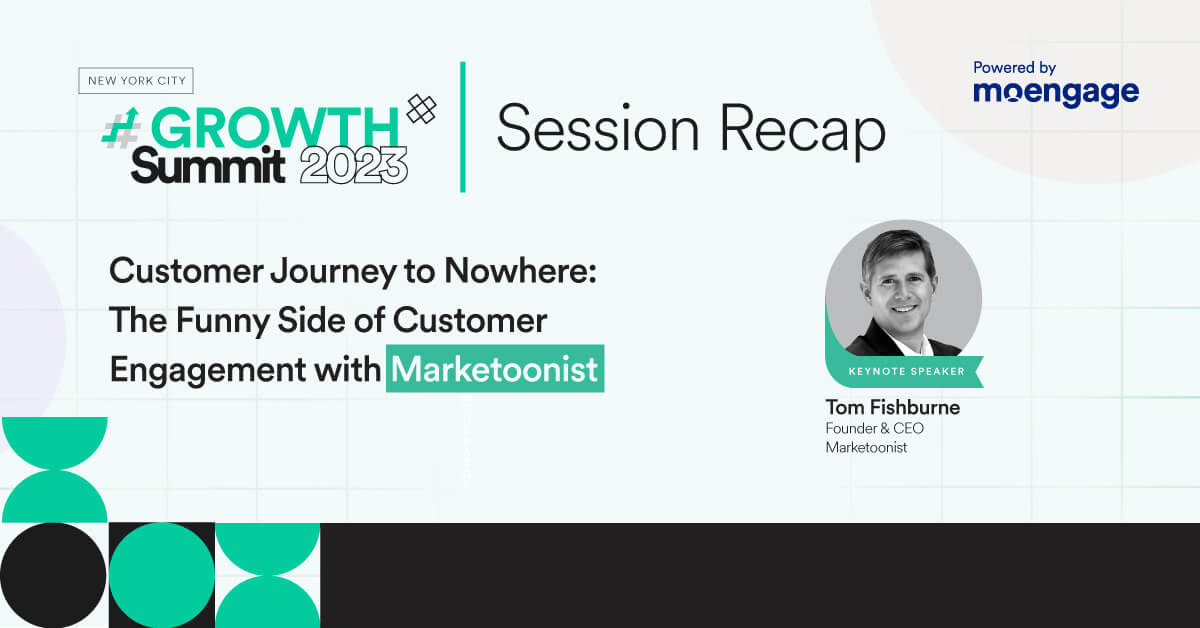
Reading Time: 4 minutes
Imagine this:
You’ve put in your best intentions. You’ve invested in some of the latest and greatest technology. And you have tons of customer insights at your disposal.
But.
You realize that your customers have landed on a journey to nowhere.
So, why did your customer engagement strategy fall flat?
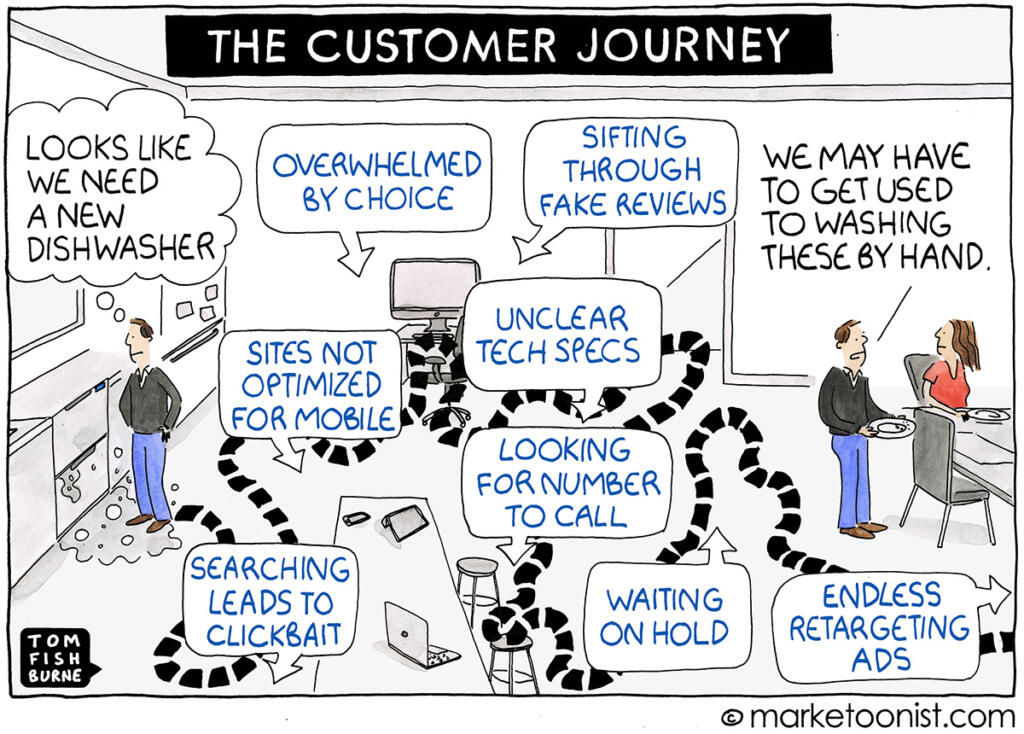
Well, this is what Tom Fishburne, the Founder and CEO of Marketoonist, covered in his session, at our recent #GROWTH Summit in NYC, albeit with a more humorous lens.
Here’s a recap of Tom’s session for those who attended or didn’t as it was too good not to share!
| Note: You can watch the session on-demand and also read the 4 key takeaways below. |
4 Key Takeaways From the Session
Takeaway #1. Technology Alone Cannot Deliver Engagement
Talking about why marketers often end up on the customer journey to nowhere, Tom mentions that while technology can be an excellent amplifier for engagement, tools can’t do it alone.
Marketers must act strategically instead of entering the tech race and then jumping on to the next tool available to do the job.
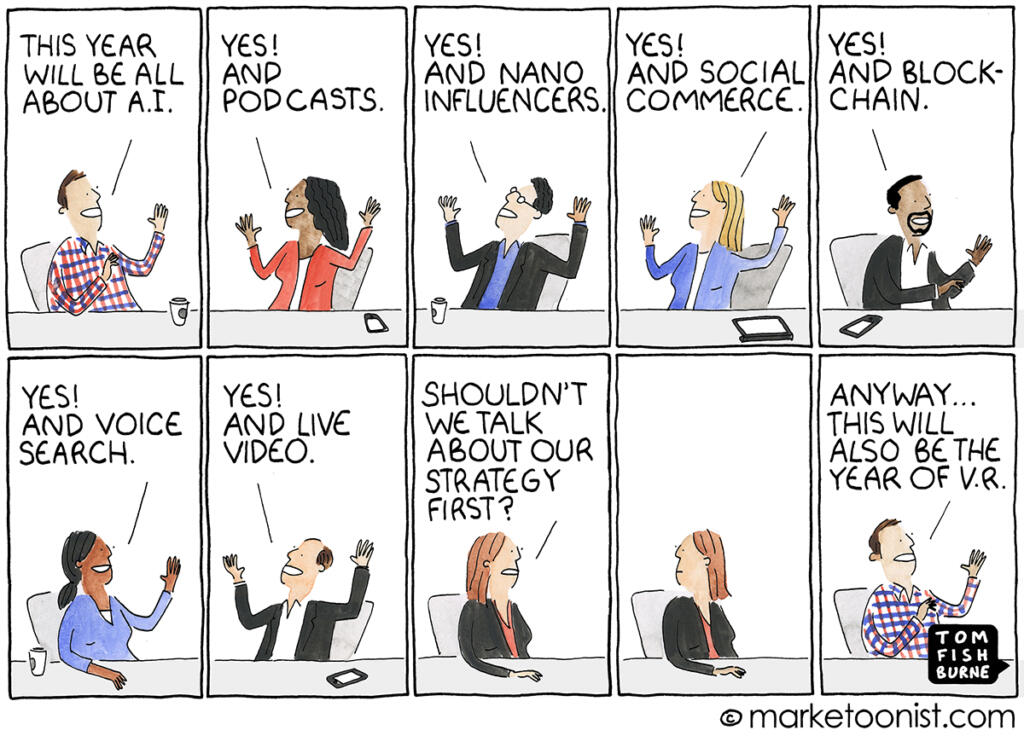
Tom further quotes research by Google which found that customers are more loyal to their “needs in the moment” than to any particular brand.
It is necessary that, as a brand, you try to understand what those unique needs are and how you can deliver them better than other brands using the right technology.
Think about not only what the “needs in the moment” on the customer journey are but also how you can find “needs in the moment” that are unique to your brand, i.e., that you can create some differentiation on and over-index on, allowing you to punch harder than your weight.
Here’s Tom’s example using Red Roof Inn, an economy hotel chain with in the US with over 600 properties:
- Problem: Red Roof Inn could not match the paid search budgets of their major competitors, such as Starwood and Hilton.
- Solution: They leveraged proprietary technology to aggregate flight cancellation information and weather data in real-time and used it to reach travelers with canceled flights.
- Outcome: Using this “needs in the moment” approach, Red Roof Inn could stay at the top of last-minute hotel searches, thereby increasing its business significantly.
Takeaway #2. Beware of Customer Funnel Vision
Another reason Tom quotes for customer engagement failure is that often, in an attempt to understand their customers better, brands look at their customers like units on a transactional path to purchase.
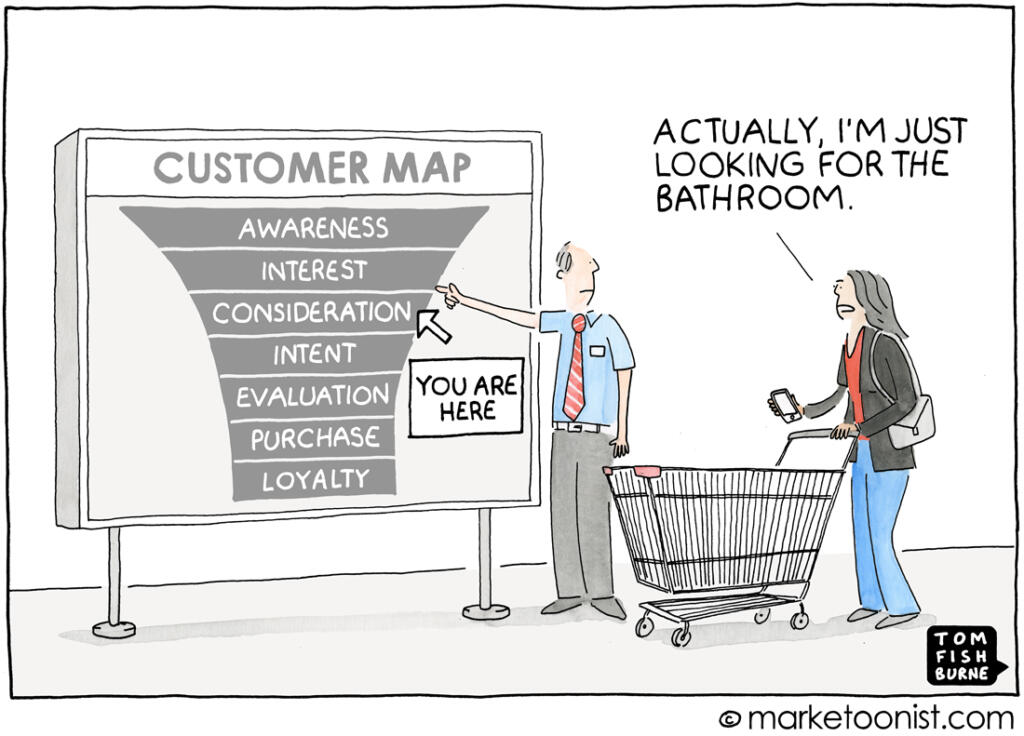
But it’s important to remember that your customers and potential customers are complex humans like you. They’re not thinking about your brand all the time. The reality is that not even your brand loyalists are always thinking about you.
So, you must reset your expectations and talk to them without the “transactional-path-to-purchase” mentality. This will prevent you from missing opportunities on how you can provide utility to your customers.
To explain this further, Tom gave the example of Charmin, an American toilet paper brand.
- What they did: Charmin thought out of the box and launched Sit or Squat, an app that helped consumers find clean washrooms in the city.
- Outcome: Since the app had a larger function than just being a brand advertisement, it received widespread praise and increased brand affinity.
Takeaway #3. Bad Personalization is Worse Than No Personalization
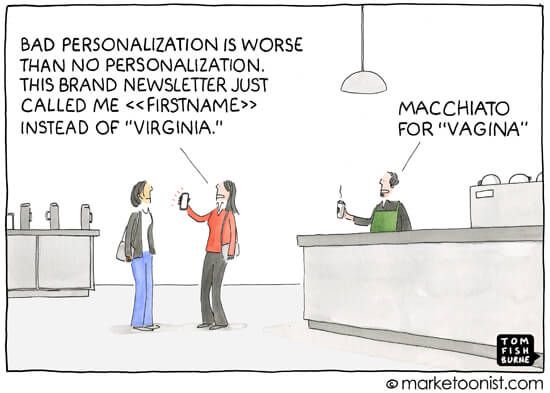
The third aspect Tom discussed was how, now that marketers have access to many customer insights, it’s easy to slip into an “uncanny valley” situation when it comes to personalization and creep out your customers.
Hence, you need to be careful not to over-personalize your engagement strategy.
Instead, focus on delivering personalization that is additive to the customer experience and brings some value to your customers.
Not every experience needs to be hyper-personalized, and sometimes when things misfire, it’s because we were so heavily focused on delivering a personalized experience when that wasn’t what was called for.
You must also find the right place on the zero, first, second, and third-party data continuum and decide what kind to use.
Takeaway #4. Marketing is too Important to be Left to the Marketing Department
The final aspect Tom highlighted was that a lack of cross-functional collaboration can result in disconnected customer experiences.
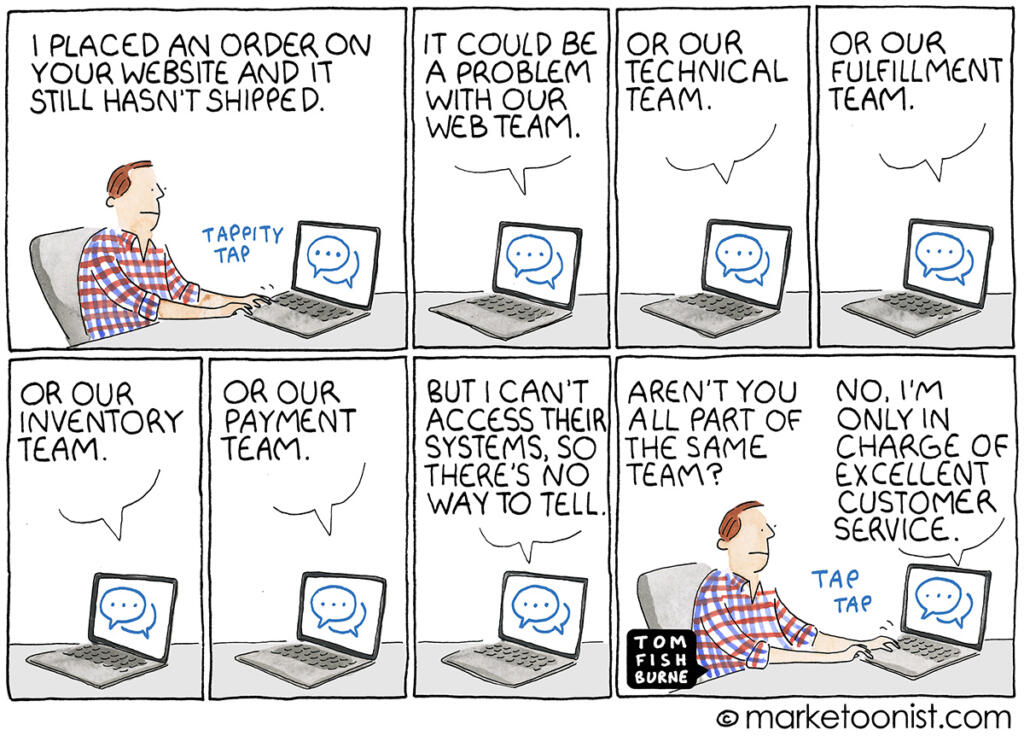
Thus, as a marketer, you need to consider how to bring the rest of the organization along in your engagement efforts.
The path of least resistance is getting stymied by [teams working in silos], and so thinking creatively for ways that others in our organization can feel like they’re part of the team is a critical and valuable exercise. If our extended teams think about themselves as part of the extended brand team, we can punch a lot harder than our weight, and deliver better customer experiences.
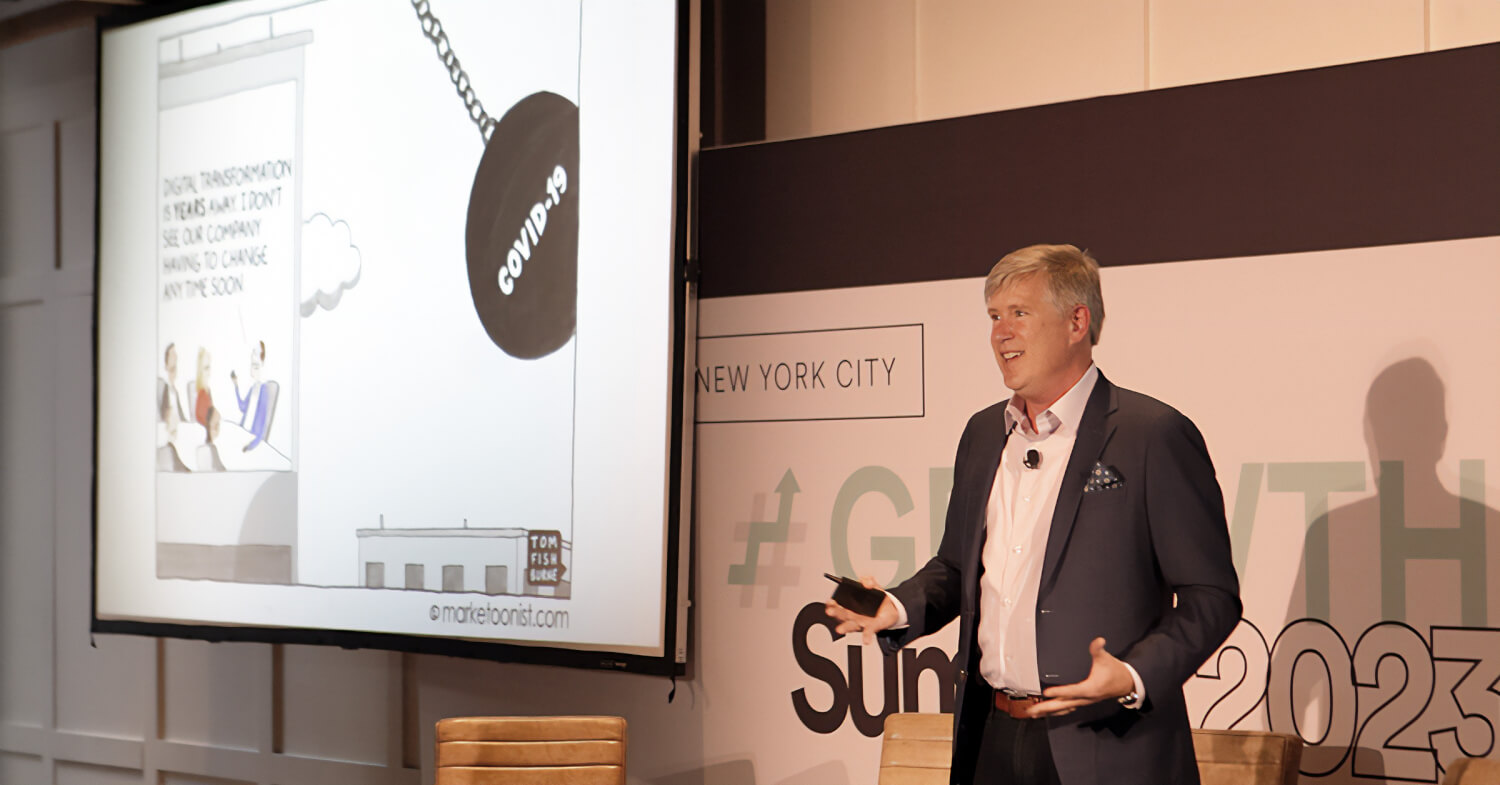
That’s all from Tom’s insightful session. I hope you loved how he used humor to probe various pain points around delivering excellent customer experiences and explored how we all can become better marketers.
Here are some recaps and recordings of other insightful sessions that we had at #GROWTHSummit NYC 🚀:
-
Driving Customer Engagement With Hyper-personalization and Automation
-
Delivering Immersive Experiences Through Storytelling, Insights, and Data
-
Building the Modern MarTech Stack: The Ins and Outs, and the Role AI Will Play
-
The Digital Evolution of Publishers Clearing House
-
The #GROWTH Story of Poshmark









